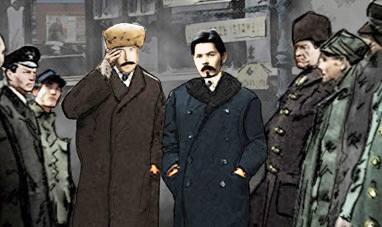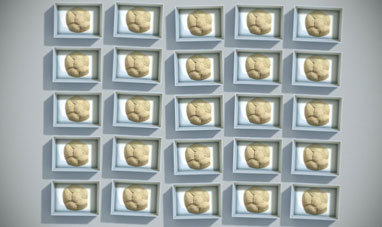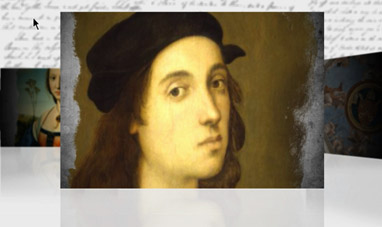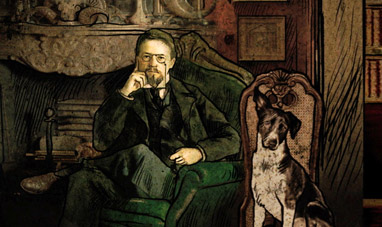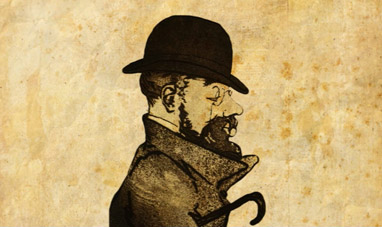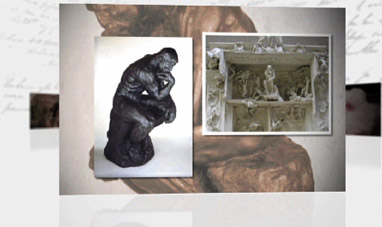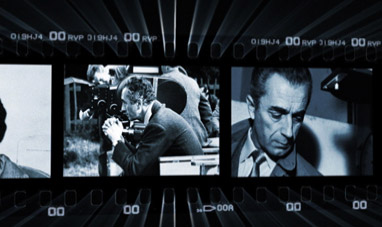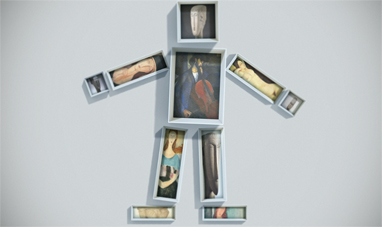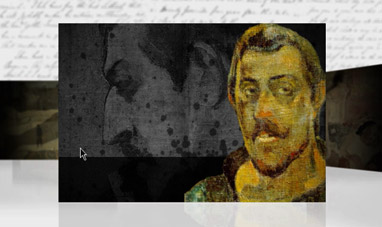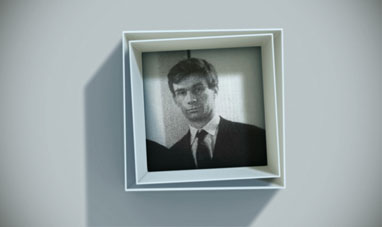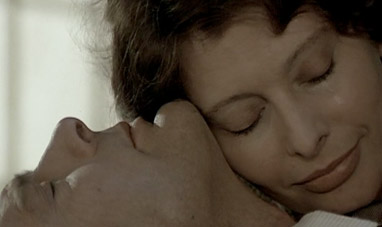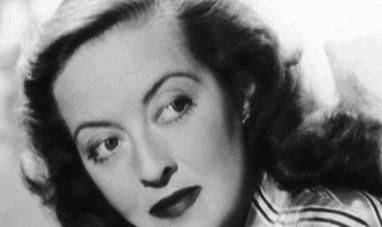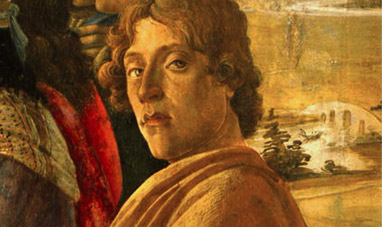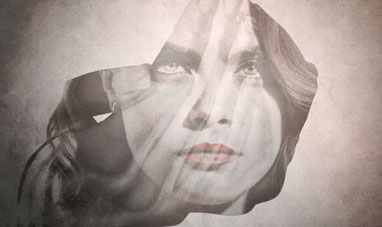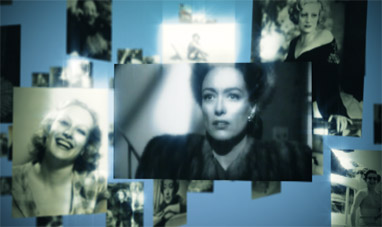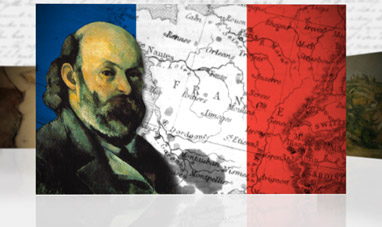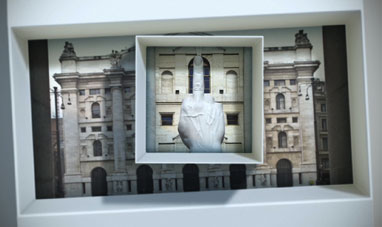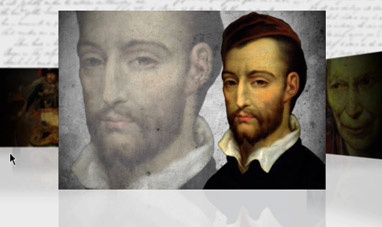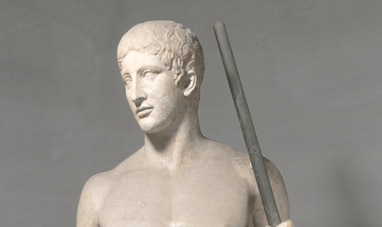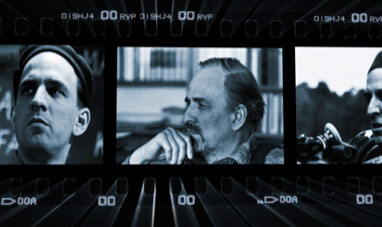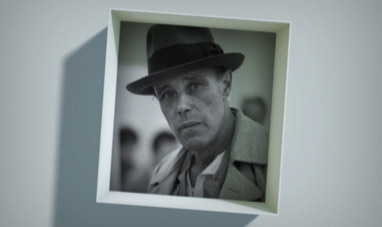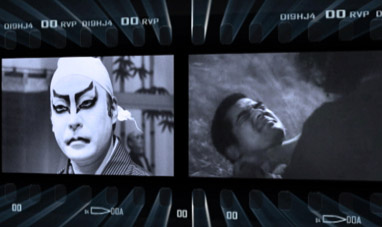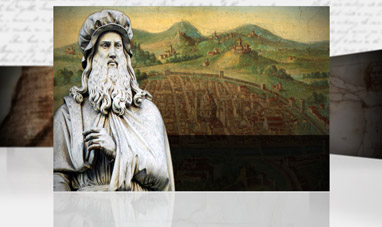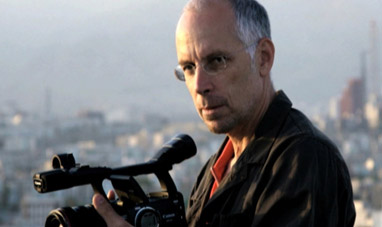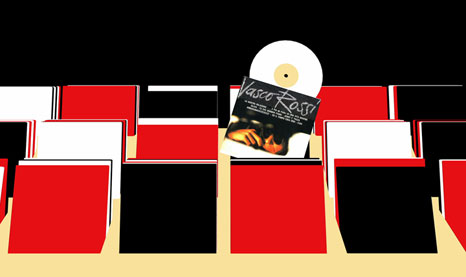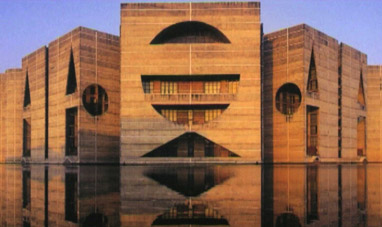Filippo di Tommaso Lippi was a 15th-century Italian painter. His painting technique, characterized by drawing refined and incisive lines, strongly influenced the style of Sandro Botticelli. His son Filippino, another famous Renaissance painter, would carry on his artistic legacy. Filippo Lippi was born in Florence in 1406. He was orphaned when he was two and was raised in a convent by Carmelite friars. At the age of fourteen he took the Carmelite vows. When Lippi was twenty and fulfilling his obligations as a friar, he observed Masaccio working on frescoes in the Brancacci chapel of Florence’s Santa Maria del Carmine church.
Masaccio’s work left a strong impression on Lippi, as can be seen in his first documented painting, “Confirmation of the Carmelite Rule”. In it the bodies of the monks are markedly three-dimensional. But in this early artwork, Lippi’s use of perspective is not as developed as Masaccio’s. Lippi’s style became more pronounced in later paintings of the Madonna. He preferred a human approach, shown in the strong embrace between the Virgin and the child in “Madonna of Tarquinia.” The extreme care he put into painting every detail, together with a choice of darker colors, showed the influence Flemish art had on Lippi’s personal style. Use of light played a crucial role in depicting depth of space. In the background, an illuminated front door opens out onto the courtyard of a typical Tuscan villa. In “Barbadori Altarpiece” and the “Coronation Of The Virgin”, the architectural space gives a sense of unity to complex compositions created using multiple characters.
In 1452 Lippi completed the “Bartolini Tondo”. This portrait of the Madonna placed her in the rich interior of a typical Florentine home. He depicted a checked roof and pavement in order to create perspective in the artwork. In 1456 Filippo and fell in love with the nun Lucrezia Buti. She had been the model for many of his versions of the Madonna, and would later give birth to their son, Filippino, whom the painter included in the funeral scene from his famous “Scenes of the Life of the Virgin Mary“ fresco, located inside the cathedral in Spoleto. Between 1452 and 1465, Lippi painted frescoes in the main chapel of Prato’s Cathedral, among them the “Stories of St Stephen and St John of the Baptist.”The frescoes in main chapel are considered his masterpieces. The painting is grand, and the figures are rich in detail and individual psychological characteristics. Lippi’s last works are notable for their refined, elegant lines and their soft, luminous colors. Filippo Lippi died in Spoleto while working on a fresco sequence for the Cathedral, on or around October 9, 1469. He was 66.
Masaccio’s work left a strong impression on Lippi, as can be seen in his first documented painting, “Confirmation of the Carmelite Rule”. In it the bodies of the monks are markedly three-dimensional. But in this early artwork, Lippi’s use of perspective is not as developed as Masaccio’s. Lippi’s style became more pronounced in later paintings of the Madonna. He preferred a human approach, shown in the strong embrace between the Virgin and the child in “Madonna of Tarquinia.” The extreme care he put into painting every detail, together with a choice of darker colors, showed the influence Flemish art had on Lippi’s personal style. Use of light played a crucial role in depicting depth of space. In the background, an illuminated front door opens out onto the courtyard of a typical Tuscan villa. In “Barbadori Altarpiece” and the “Coronation Of The Virgin”, the architectural space gives a sense of unity to complex compositions created using multiple characters.
In 1452 Lippi completed the “Bartolini Tondo”. This portrait of the Madonna placed her in the rich interior of a typical Florentine home. He depicted a checked roof and pavement in order to create perspective in the artwork. In 1456 Filippo and fell in love with the nun Lucrezia Buti. She had been the model for many of his versions of the Madonna, and would later give birth to their son, Filippino, whom the painter included in the funeral scene from his famous “Scenes of the Life of the Virgin Mary“ fresco, located inside the cathedral in Spoleto. Between 1452 and 1465, Lippi painted frescoes in the main chapel of Prato’s Cathedral, among them the “Stories of St Stephen and St John of the Baptist.”The frescoes in main chapel are considered his masterpieces. The painting is grand, and the figures are rich in detail and individual psychological characteristics. Lippi’s last works are notable for their refined, elegant lines and their soft, luminous colors. Filippo Lippi died in Spoleto while working on a fresco sequence for the Cathedral, on or around October 9, 1469. He was 66.

